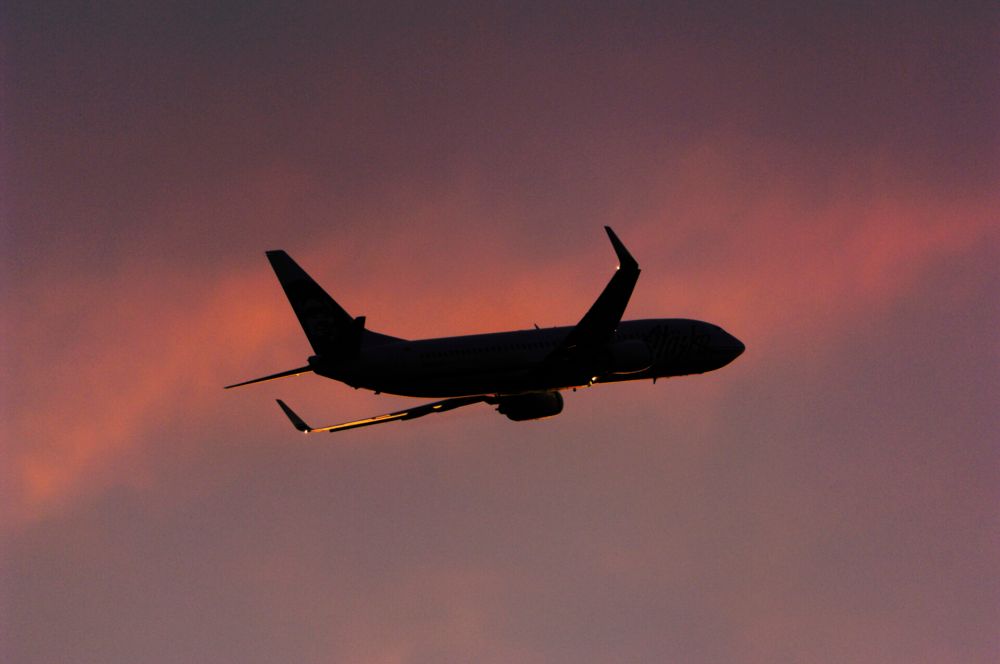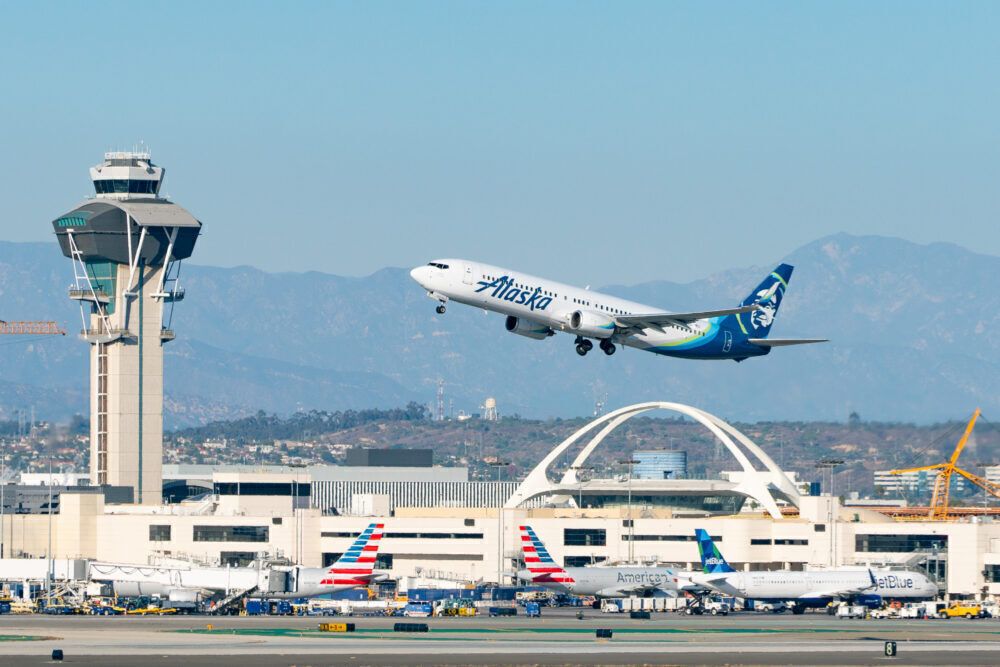Alaska Airlines announced last week that it is adding two converted Boeing 737-800 freighters to its cargo fleet. Two 737-800s from Alaska's passenger fleet will be converted to complement the airline's three Boeing 737-700 freighters. The airline will also continue its investment in upgrading and expanding its cargo terminals. We explore Alaska Airlines' plans below.
Alaska's 737-800BCF plans
Alaska Airlines will convert two of its midlife Boeing 737-800 aircraft into freighters as it expands its cargo division. The two converted freighters will be deployed in cargo operations across Alaska, with redeliveries expected in 2023.
Regional Vice President Marilyn Romano said,
"We'll have to wait awhile, but we know they're coming. With service to 20 communities across Alaska, and only three accessible by road, adding new aircraft to the current freighter fleet allows expansion of our vital services to all Alaskans."
The airline has yet to decide on a contractor to perform the P2F conversions and has sent out a proposal request. Experts estimate that each P2F conversion will cost the airline around $5 million.
The Boeing 737-800BCF will offer a payload of almost 50,000 pounds, which is 40% more than each of Alaska's -700 cargo variants. The aircraft will provide a range of 2,800NM.
Adam Drouhard, Managing Director of Alaska Air Cargo, said,
"The -800 aircraft provides more load space than our current -700 freighters, essentially doubling Air Cargo’s total freighter lift capacity. We look forward to getting these -800s into service to support Alaska’s supply chain and connect cargo to over 100 cities we serve across North America."
Interestingly, the airline intimated that it could add further conversions down the road, with Drouhard stating, "I don't think two is the magic number."
Adding to the 737-700 cargo fleet
Alaska Air Cargo currently operates with a small fleet of three Boeing 737-700 freighters. With over 300 aircraft in its fleet, three dedicated freighters are a modest figure for the United States' fifth-largest airline.
Adam Drouhard added,
"[Operating] with three planes — we're pushing them to their limits. We just want to make sure we have the right mix of aircraft and provide benefits to the places we serve."
The airline introduced its converted -700s into service over four years ago and will effectively double its freighter capacity with the two incoming -800 freighters. Alaska Airlines also announced last week that it will be an all-jet airline by 2023.
Stay informed: Sign up for our daily and weekly aviation news digests.
Investment in freighter operations
Alaska Airlines was halfway through its "2020 Great Land Investment Plan" before halting work over the pandemic. This $50 million plan involved upgrade and expansion work across the airline's cargo terminals in Alaska.
Regional Vice President Romano said there are 12 terminals left that didn't receive enough attention before development work stopped during the pandemic, including its Bristol Bay terminals and others in Western and Northern Alaska.
Demand for domestic cargo services has risen by almost 20% over the pandemic, reflecting a global trend as passenger operations ground to a halt. Alaska Air Cargo transports more than 200 million pounds of cargo each year and saw revenues increase by 25% over 2021.
Drouhard stated,
"There is competition in a number of (in-state) markets, but as we see it there's quite a bit of opportunity for growth. [By adding capacity] you can actually stimulate demand for the service."
P2F conversions have also shot up over the pandemic, with airlines keen to adapt to growing cargo demand.
What are your thoughts on Alaska Airlines' cargo expansion? Let us know in the comments.

.jpg)

